Yellow-rumped Warbler
A species of Setophaga Warblers, Also known as Butterbutt Scientific name : Setophaga coronata Genus : Setophaga Warblers
Yellow-rumped Warbler, A species of Setophaga Warblers
Also known as:
Butterbutt
Botanical name: Setophaga coronata
Genus: Setophaga Warblers
Content
Description People often ask General Info
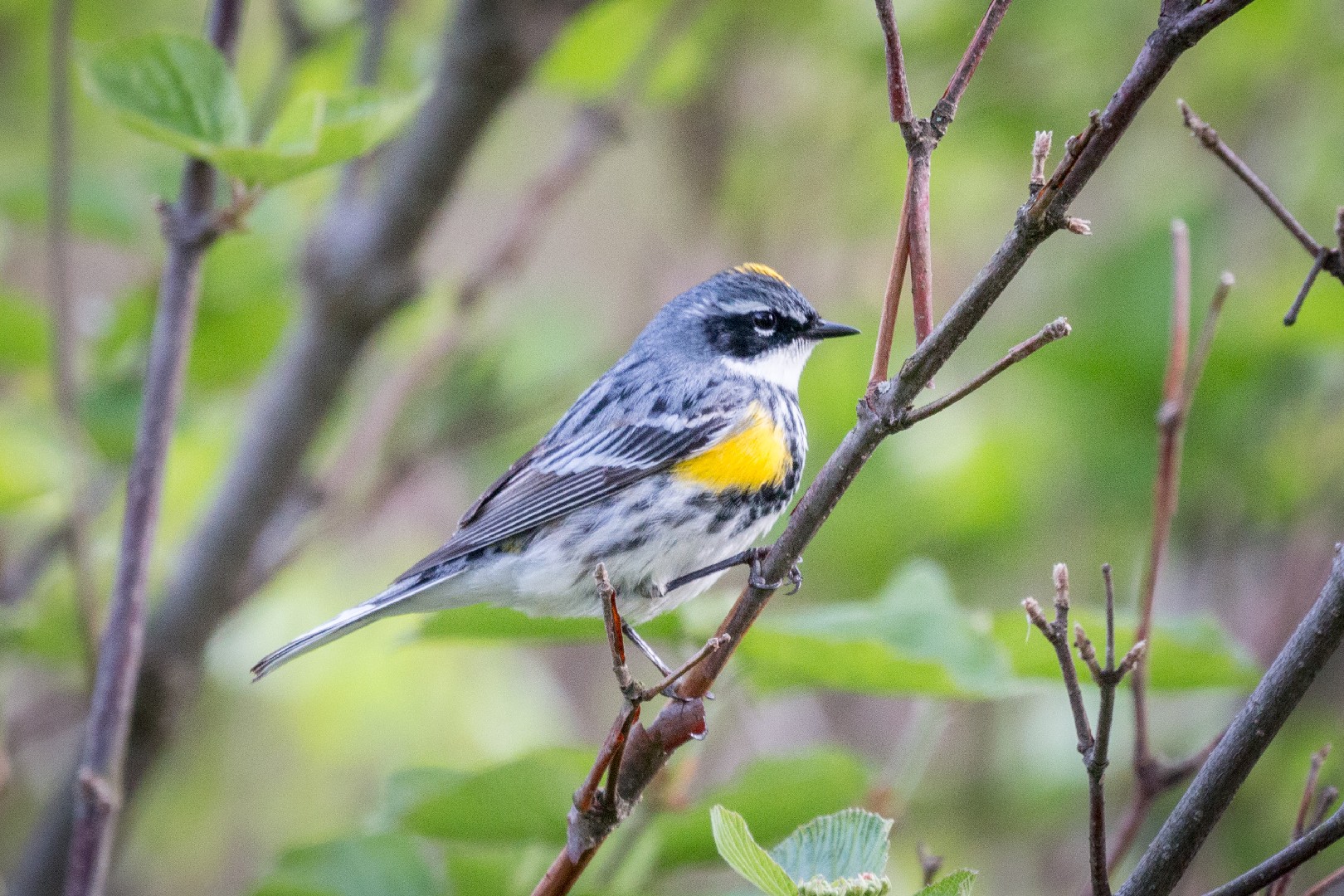 Photo By Tim Sackton , used under CC-BY-SA-2.0 /Cropped and compressed from original
Photo By Tim Sackton , used under CC-BY-SA-2.0 /Cropped and compressed from original Description
The foraging yellow-rumped Warbler is quick-moving and appealingly colored. Both male and female are a sharp gray, with white on their wings and flashes of yellow on their rump (as the name suggests), sides, and face. Most striking about this bird is the large groups of them that spread across North America in the autumn season.
Size
12 - 14 cm
Life Expectancy
6 years
Nest Placement
Tree
Clutch Size
1 - 6 eggs
Incubation Period
1 - 2 broods
Number of Broods
12 - 13 days
Nestling Period
10 - 14 days
Feeding Habits
Yellow-rumped Warbler's summer diet predominantly consists of insects, notably caterpillars, larvae, beetles, ants, aphids, grasshoppers, and spiders, along with outbreak-specific prey such as spruce budworm. During migration and winter, yellow-rumped Warbler largely consumes fruit, especially bayberry and wax myrtle, thanks to a unique digestive adaptation. Other fruits include juniper berries, poison ivy, greenbrier, grapes, and dogwood. They also eat wild seeds and may feed on sunflower seeds, raisins, peanut butter, and suet at feeders. In Mexican wintering areas, they drink aphid-secreted honeydew.
Habitat
Yellow-rumped Warbler predominantly inhabit mature coniferous and mixed woodlands with trees like aspen, birch, and willow, thriving from sea level up to mountainous regions. They prefer cooler climates during the breeding season, transitioning to open, shrubby areas, such as streamside woods and dune ecosystems with bayberries, in winter. These areas may include urban parks and residential zones. In their tropical wintering habitats, they are found in diverse ecosystems including mangroves and pine-oak-fir forests, highlighting their adaptability to various altitudes and climates.
Nest Behavior
Female yellow-rumped Warbler constructs the nest over 10 days, with material collection aided by the male. Breeding involves meticulous lining with fine hair and feathers, securing eggs within the nest structure. Parental roles in care are divided post-egg laying.
Nest Characteristics
Yellow-rumped Warbler nests are cup-shaped, typically situated on horizontal conifer branches, 4 to 50 feet high. They measure 3-4 inches across and about 2 inches tall, constructed from twigs, needles, grasses, rootlets, moss, lichen, hair, and feathers.
Dite type
Insectivorous
People often ask
General Info
Feeding Habits
Bird food type
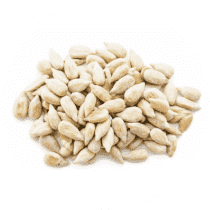
Hulled Sunflower Seeds
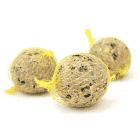
Suet
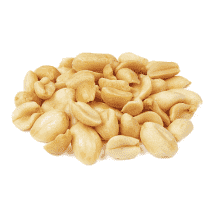
Peanut Hearts

Sugar Water

Fruit
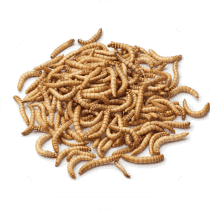
Mealworms
Bird Feeder Type
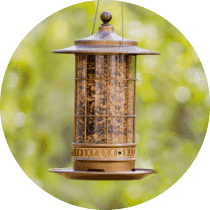
Large Tube Feeder
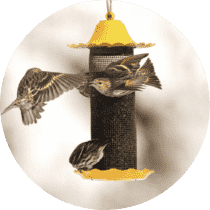
Small Tube Feeder
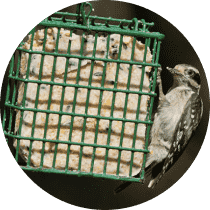
Suet Cage

Large Hopper
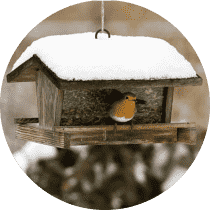
Small Hopper

Platform
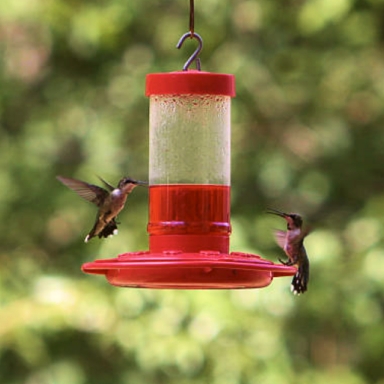
Nectar Feeder
Sounds
Call
Recording location: United States
Song
Recording location: United States
Song
Recording location: United States
Song
Recording location: United States
Behavior
Yellow-rumped Warbler are active, agile foragers, commonly seen flitting through canopies of coniferous trees or clinging to bark to uncover insects. Unlike many warblers, they also adeptly catch insects on the wing, similar to flycatchers. In colder months, they adapt their diet to berries, often forming large, single-species flocks. They display territorial behavior by fanning and raising tails at a right angle to their bodies when others intrude their space. Males exhibit a courting ritual, fluffing feathers, hopping with raised wings and crown feathers while emitting chips, and engaging in display flights with slow, exaggerated wingbeats. These birds possess swift, agile flight capabilities, often calling out during quick directional changes.
Distribution Area
The yellow-rumped warbler breeds from eastern North America west to the Pacific, and southward from there into Western Mexico. "Goldman's" yellow-rumped warbler is a non-migratory endemic within the highlands of Guatemala and the black-fronted warbler is also a non-migratory Mexican endemic. The myrtle and Audubon's forms are migratory, traveling to the southern U.S., Mexico, Central America, and the Caribbean for winters. 
Scientific Classification
Phylum
Chordates Class
Birds Order
Perching birds Family
New world warblers Genus
Setophaga Warblers Species
Yellow-rumped Warbler